Schloss, K. B., Lessard, L., Racey, C., & Hurlbert, A. C. (online 2017). Modeling color preferences using color space metrics.
Vision Research. Link
Schloss, K. B. & Palmer, S.E. (2017). An ecological framework for temporal and individual differences in color preferences. Vision Research, 141, 95-108. Link
Schloss, K. B., & Heck, I. A. (2017). Seasonal changes in color preferences are linked to variations in environmental colors: A longitudinal study of fall, i-Perception, 8, 6, 1-19. PDF
Schloss, K. B., Nelson, R., Parker, L., Heck, I. A., & Palmer, S. E. (2017). Seasonal variations in color preference. Cognitive Science, 41, 6, 1589-1612. Link
Yokosawa, K., Schloss, K. B., Asano, M., & Palmer, S. E. (2016). Ecological Effects in Cross-Cultural Differences Between U.S. and Japanese Color Preferences, Cognitive Science, 40, 7, 1590-1616.Link
Schloss, K. B. (2015). Color preferences differ with variations in color perception. Trends in Cognitive Science, 19, 554-555. Link
Schloss, K. B., Hawthorne, D. & Palmer, S. E. (2015). Ecological influences of individual differences in color preferences. Attention, Perception and Psychophysics, 77, 2803-2816. Link
Strauss, E. D., Schloss, K. B., & Palmer, S. E. (2013). Color preferences change after experience with liked/disliked color objects. Psychonomic Bulletin & Review, 20, 5, 935-943. Link
Taylor, C., Schloss, K. B., & Palmer, S. E., & Franklin, A. (2013). Color preferences in infants and adults are different. Psychonomic Bulletin & Review, 20, 5, 916-922. Link
Schloss, K. B., Poggesi, R. M., & Palmer, S. E. (2011). Effects of university affiliation and “school spirit” on color preferences: Berkeley vs. Stanford. Psychonomic Bulletin & Review, 18, 498-504. PDF
Palmer, S. E. & Schloss, K. B. (2010). An ecological valence theory of color preferences. Proceedings of the National Academy of Sciences, 107, 8877-8882. PDF
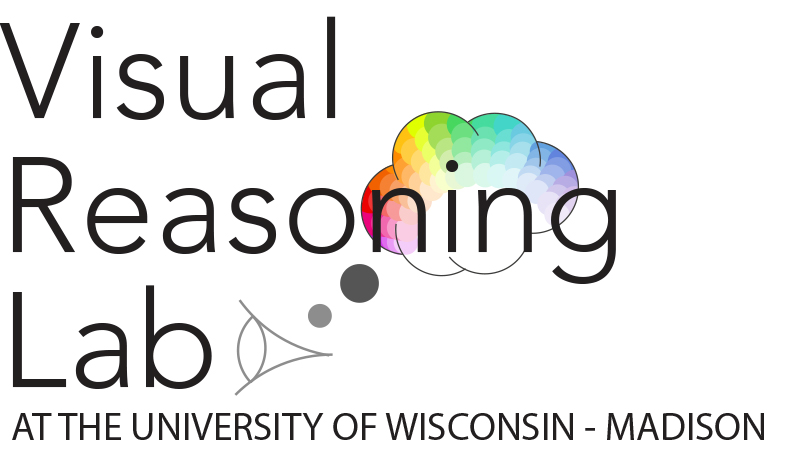
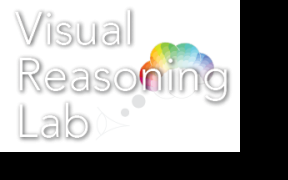
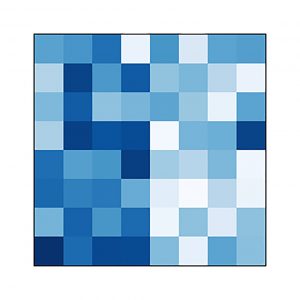
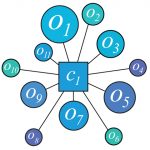
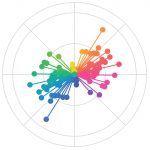
 The Living Environments Laboratory in the Wisconsin Institute for Discovery is pleased to announce the arrival of Dr. Karen Schloss and the Visual Perception and Cognition Lab. Dr. Schloss and her lab investigates how observers make predictions about objects and entities based on their cognitive and emotional responses to perceptual information. She joins University of Wisconsin in the Psychology Department.
The Living Environments Laboratory in the Wisconsin Institute for Discovery is pleased to announce the arrival of Dr. Karen Schloss and the Visual Perception and Cognition Lab. Dr. Schloss and her lab investigates how observers make predictions about objects and entities based on their cognitive and emotional responses to perceptual information. She joins University of Wisconsin in the Psychology Department.